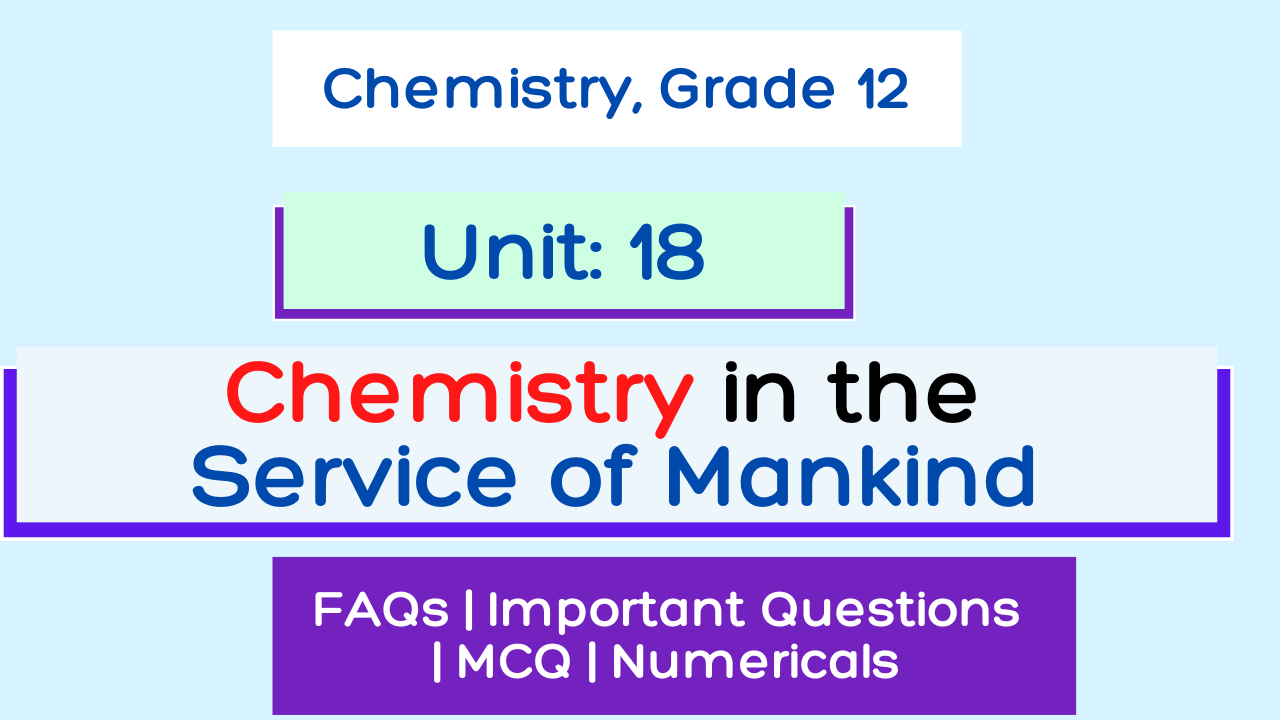Unit 2: Ionic Equilibrium
Complete Exercise note of Ionic Equilibrium of unit 2 Class 12 Chemistry for 2080.
Read: Unit 1 Volumetric Analysis Class 12 Chemistry Notes
| Unit 2: Ionic Equilibrium Course Content |
|---|
| 2.1 Explain the limitations of Arrhenius’s concepts of acid and bases. |
| 2.2 Define Bronsted and Lowry’s concepts for acids and bases. |
| 2.3 Define conjugate acids and conjugate bases. |
| 2.4 Identify conjugate acid-base pairs of Bronsted acid and base |
| 2.5 Define and explain Lewis acids and bases. |
| 2.6 Use the extent of ionization and dissociation constant of acid (Ka) and base (Kb) |
| 2.7 Explain the ionization constant of water and calculate pH and pOH in an aqueous medium using Kw values; |
| 2.8 Show understanding of, and use, the concept of solubility product Ksp. |
| 2.9 Calculate Ksp from concentrations and vice versa. |
| 2.10 Show understanding of the common ion effect. |
| 2.11 Describe the application of the solubility product principle and common ion effect in precipitation reactions. |
| 2.12 Define a Buffer and show with equations how a Buffer system works. |
| 2.13 Explain the choice of suitable indicators for acid-base Titrations and describe the changes in pH during acid-base Titrations. |
| 2.14 Define and differentiate different types of salts (simple salts, double salts, complex salt, acidic salts, basic salts, and neutral salts). |
| 2.15 Explain hydrolysis of salts (salts of strong acid and strong base, salts of weak acid and strong base, and salts of weak base and strong acid) |
